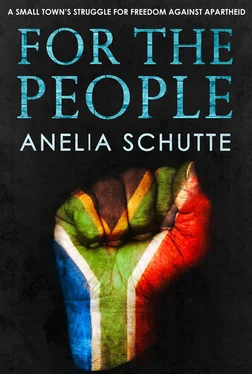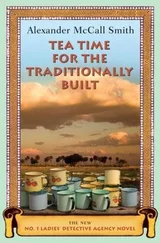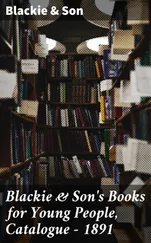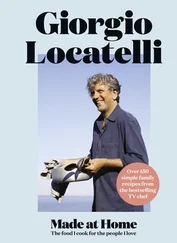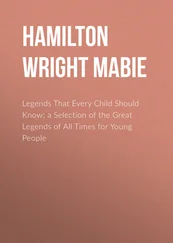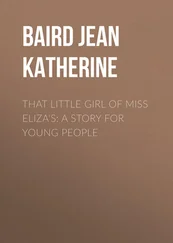On the first day, I’m shown to a desk just outside the safe where I pile up the relevant volumes and start trawling through almost three decades of bureaucracy and red tape.
The archives are astonishingly thorough and detailed, and I have to stop myself squealing when I realise they include several letters from my mother to the town council in the 1980s. My mother hasn’t kept anything like that herself.
On my second day at the municipality, I hear a commotion outside. It’s the unmistakable sound of toyi-toying, the stomping South African protest dance. A crowd is singing and chanting, their feet thudding in unison. Around me, in the safety of the municipal building, people appear from their offices to watch through the windows. I join them, peering through a gap between two vertical blinds.
The crowd outside the building is about two hundred strong. Some people are carrying placards made from bits of corrugated cardboard torn from boxes, with messages scrawled on them in marker pen. It’s not an unfamiliar sight – I remember similar protests from years ago, especially in the run-up to Nelson Mandela’s release. But the messages are different now. ‘We need houses’ says one of the signs. ‘We vote for 15 years. Now is enough.’ ‘The people shall govern.’ One placard says ‘Defy’ on the back. It’s not a bold protest statement. It’s the name of the brand of oven that came in the original cardboard box.
A man I can’t see starts shouting something over a megaphone, but from where I’m standing all I hear is a monotonous bark. Occasionally the crowd responds with whistles and cheers. Someone blows a vuvuzela.
I know from the news on TV that protests like these are going on all around the country. It seems to be an orchestrated attempt by the opposition to fire up the masses in communal criticism of the ANC government.
Although the protest is noisy, it’s peaceful and the people around me soon lose interest and go back to their work. I stay for a little while longer, then I do the same.
Although the municipality’s records prove invaluable for information about Knysna’s squatter camps and townships after 1980, I’m still missing the information about how they came into existence some ten years before.
I decide against driving to Cape Town to search the archives. It’s six hundred kilometres away and, even if I could get into the archives, I would have to request specific information from specific dates. With only a vague sense of chronology and no idea of what information the archives might hold, it seems a fruitless journey to make.
The Knysna library is a dead end for that period, too. When the library was renovated, boxes full of archive copies of the Knysna-Plett Herald , the local newspaper for Knysna and neighbouring Plettenberg Bay, were accidentally thrown away. A call to the newspaper’s office brings the frustrating news that their copies had been destroyed in a basement flood during a particularly bad spell of rain.
Fortunately, Knysna’s Director of Planning and Development, Lauren Waring, knows of one other place I can look: the Land Claims Commission in George. She worked there for years.
Never having heard of the Land Claims Commission, I look it up. Google takes me to the Commission on Restitution of Land Rights. Established in 1994, after the ANC won South Africa’s first democratic election by a landslide, the Commission was part of the newly elected government’s plan to right the wrongs of apartheid. Specifically, its aim was to settle disputes over land where the original owners and occupiers had been forced to leave their homes under the Group Areas Act. Tens of thousands of people came forward to stake their claims on land that had been taken from them and their families. Around five hundred of those claims came from Knysna.
According to Lauren Waring, the records of the forced removals in Knysna were particularly detailed compared with most other places. And copies of all those records, including the ones that have since been archived by the municipality, should still be available in George.
I call ahead, name-dropping Lauren, and am invited to drop by the next day.
When I get to the Commission’s office, all the information I’m after is waiting for me in two lever-arch files. I spend my morning in George reading the files, looking in particular for any information about the forced removal of Knysna’s black people. But there’s disappointingly little documentary evidence that it ever happened. Whenever black people were moved, it seems they were given verbal notice at best, leaving no proof of what actually happened. For the coloured community, on the other hand, there’s a long and detailed paper trail.
I’m soon drawn into the coloured people’s story and am amazed at how ‘official’ it all was. In the files, I find the Land Claims Commission’s report on the Knysna area with all the evidence to support it. There’s a memorandum from a committee formed by the coloured community as far back as 1959, objecting to the conditions in the proposed new coloured group area. From 1970, there are copies of notices given to people who were asked to leave the newly declared white areas. And the report quotes one government proclamation after another as land in Knysna was divided up between white, coloured and black.
Then there are the letters, many of them painfully polite pleas from respectable family men to the local authorities, asking for more time to move to the coloured area so they could get enough money together to build their own homes.
If my idea of forced removals was that they were met with anger and resistance, the reality, it seems – for the coloured people, at least – was far more compliant and resigned.
Chapter 5
1970‒1
When Hornlee was being built on the eastern outskirts of Knysna, Owéna was working on the opposite side of town in an outlying area called Rheenendal. There she looked after the welfare of a small coloured community, mainly labourers on the surrounding farms and timber plantations.
Situated outside the municipal boundaries of Knysna, Rheenendal was never declared white under the Group Areas Act – and so the coloured families in the area could stay in their homes, many of them living on their white employers’ farms.
Owéna’s work saw her visiting families and running activities for pre-school children and the elderly. Occasionally she had to deal with a case of alcohol or child abuse, the two often going hand in hand. But generally the people of Rheenendal were happy, and Owéna found her new job less challenging than she’d feared.
On the other side of town, however, her coloured colleagues knew there were much more challenging times ahead.
In 1970, many of Knysna’s coloured families lived in Salt River, a quiet riverside area where over three hundred coloured families and a handful of black families hired plots of various sizes from the Anglican Church, which owned the land. The people lived in houses that in many cases had been built by their parents or their grandparents before them, and would be passed on to their children when they died.
Some of the houses were built from bricks, others from wood and iron. But all of them were big family homes with ample space for mothers to grow vegetables, fathers to keep cattle and children to play.
The families lived simple lives in Salt River, but it was home. Everything they needed was right there, including a church and a few small schools.
One of those schools was started by a man named Percy Mdala, a teacher so adamant that children should get a decent education that he went from door to door convincing parents of the fact. When it rained and the children complained they couldn’t get to school across the swollen river, Mr Mdala went to the river himself, rolled up his trousers and carried the children over one by one.
Читать дальше
